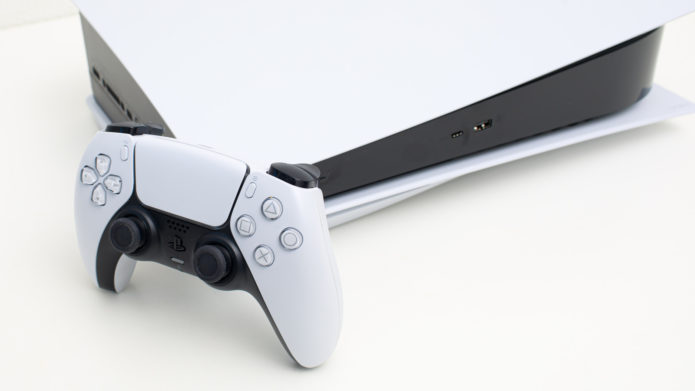Backward compatibility in video game consoles goes back to the 1980s, but it didn’t really catch on back then. Yes, Sega’s Master System hit stores in 1985 and played games from the company’s first console, the SG-1000, and the following year’s Atari 7800 played Atari 2600 games, but for whatever reason, console makers largely abandoned the idea for years afterward. Sega’s Genesis console and Game Gear handheld could play Master System games, but only with optional adapters. Stock, out of the box, original hardware only? The concept was dead for the time being, much to the frustration of parents of Nintendo Entertainment System owners who complained to the media about the follow-up Super NES not supporting older cartridges.
****
That status quo changed with the 2000 release of the Sony PlayStation 2, which was fully backward compatible with PlayStation 1 game discs. Suddenly, there was a new normal: A gamer wanting to save money on a new console could trade in their old console while being able to keep their existing game library. With the PlayStation 2 also being a very reasonably priced DVD player at a time when they were new, this one-two punch of extra features made it an incredibly attractive console, and it sold over 160 million units in its lifetime as a result.
Since then, though, PlayStation backward compatibility has gotten more confusing and less uniform, and the newest console, the PlayStation 5 can’t play PS1 discs. That doesn’t mean you can’t play PS1 games at all, though.
****


